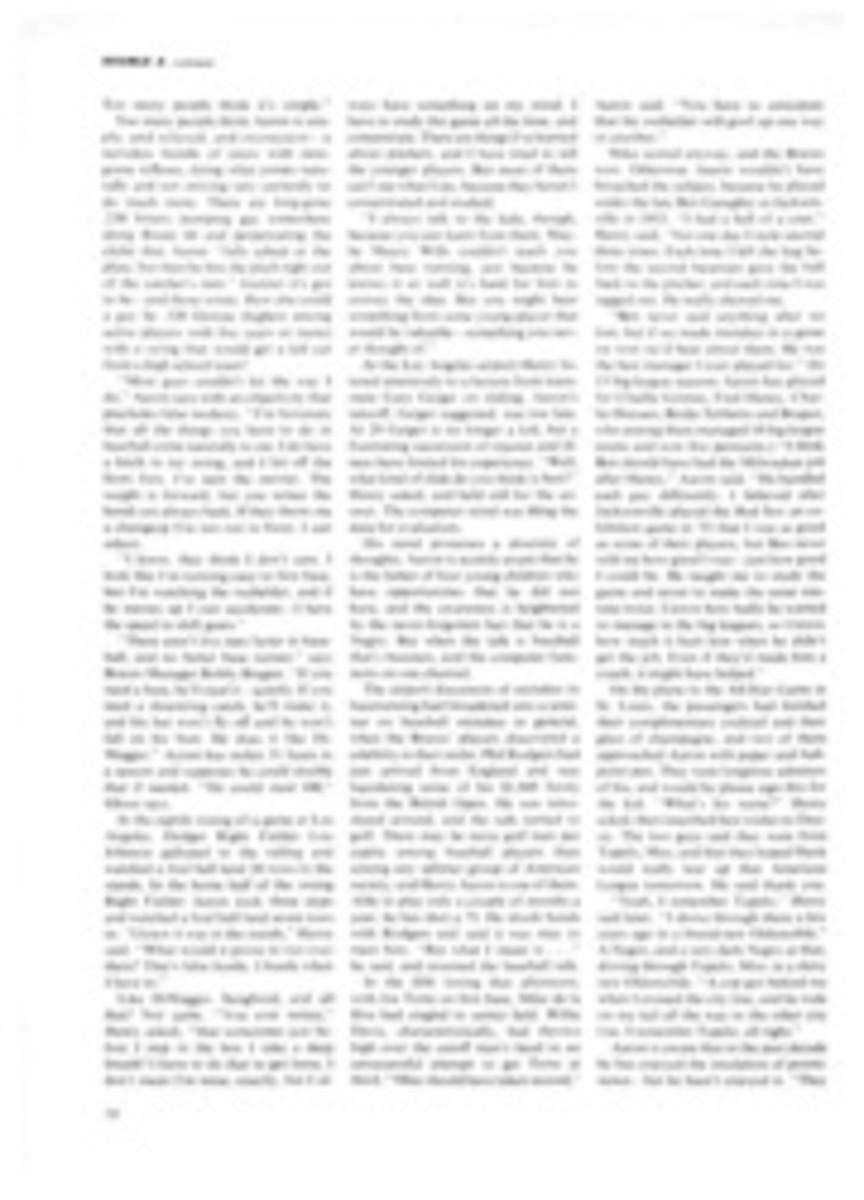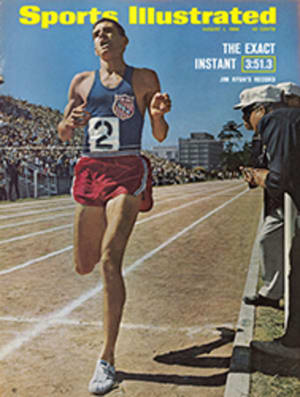
The Racing Earl of California
In September of 1915 Minneapolis sports fans crowded into a new million-dollar concrete speedway at Fort Snelling to witness the track's first 500-mile auto race. National stars Barney Oldfield, "Wild Bob" Burman and Ralph De Palma were present with fast equipment—but the attention of the crowd was centered on the twin Stutz machines—two big white cars that would be driven by Easterner Gil Anderson and Westerner Earl Cooper.
For three seasons, competing in widely separated territories, Anderson and Cooper had won many important events for Team Chief Harry Stutz. Now they were matched on the same track in equal cars with 500 miles in which to settle the question of who was faster.
Blowouts were frequent on the hot, abrasive concrete, and as tire problems slowed the competition Anderson and Cooper gradually outdistanced their rivals. In the closing stage of the race, they were running in tandem around the two-mile oval. Neither driver was extended, since Cooper had been forced to spend more time in the pits than his teammate and was scored a full lap behind.
With Anderson's victory seemingly guaranteed, fans were already beginning to drift toward the exits. But as the last lap approached, with the cars still running in close company, Harry Stutz was informed of a scoring miscalculation: Cooper and Anderson were actually on the same lap. Two miles remained, and the race was suddenly wide open, with a $20,000 cash prize waiting at the flag.
The twin Stutz racers full-throttled down the backstretch, skidded, tires protesting, around the last turn and converged on the checkered flag for what proved to be the closest finish in the annals of major league racing. The front wheels of Cooper's machine were fractional inches ahead of Anderson's—and the Californian took the checker by exactly 21/100ths of a second.
This hairbreadth victory, in the best tradition of the dime novel, was just one of many in the remarkable career of little Earl P. Cooper, who still remains the alltime AAA high-points leader, with a total of 13,530. He was also the first three-time AAA national champion; only four other drivers have since won triple-crown status.
Nebraska-born, Cooper drove his first race in 1908 in California. Barely out of his teens, he was then working as a garage mechanic for one of several San Francisco dealers who had organized a road race to help promote sales. Cooper prevailed upon a lady customer to lend him her brand new Maxwell for the event. He won the race, but lost his job. It turned out that the driver he had beaten was his employer.
Young Earl decided to enter the racing profession—and by 1912 his domination of local West Coast events earned him a personal invitation from Harry Stutz. Harry wanted Cooper on his team. Earl brought along his skilled riding mechanic, Reeves Dutton, and promptly won his first AAA championship event that year at Tacoma, Wash., defeating a field of the nation's best drivers.
By the end of 1913 the roaring road had a new national champ: the slight, 120-pound little man they called "The Earl of California." Cooper had rocked the experts by winning seven of eight events with Stutz.
All-out speed was not the reason for Cooper's dominance. In fact, the Stutz was actually slower than most of the other competitors, since Harry Stutz valued durability as the prime factor in his cars. Stutz racers were undergeared and the drivers were given strict orders never to abuse the engines. Cooper's victory string was, therefore, all the more remarkable.
In 1915, with the sport of automobile racing at an all-high in popularity. Cooper became a public idol by earning the National AAA crown for the second time. During the following season, when Harry Stutz decided to abandon racing. Earl kept in the lists by buying his personal No. 8 Stutz to drive as an independent. Competing alone against heavy odds, he captured his third AAA championship in 1917—but World War I led to a temporary retirement.
By the close of 1921 he was back, driving a return contest at Fresno, Calif. with enough thrust to defeat the "invincible Irishman" Jimmy Murphy by just a few feet at the wire.
A year later Earl was an official member of the new Durant team, and with a hot car under his foot he added all-out speed to his natural racing shrewdness.
When he appeared at Indianapolis in 1924 aboard a Studebaker Special, he felt that he had a good chance to add the 500 to his record. His main rival was Joe Boyer in a supercharged Duesenberg Special, but Cooper was leading Boyer and the entire field at the 440-mile mark when a blown casing forced him to pit. He took up the pursuit and, with just 30 miles to go, was at Boyer's tailpipe seeking an opportunity to dive past, when another tire burst and Earl had to settle for second. It was the closest he would ever come to winning the Indianapolis classic.
As the 1924 season moved on, Earl was in an excellent position to earn an unprecedented fourth AAA title. All he needed to cinch the crown was a final victory at Culver City, Calif. He didn't get it. Bad luck dropped him to third in the race, and he lost the title by only a few points.
During the racing seasons from 1924 to 1926, piloting a Miller front-drive. Earl survived a crash to set new world track records. At a balding 40, with his major triumphs behind him, he had one last go at speed, finishing third in the 1927 Grand Prix of Italy at Monza.
Cooper wasn't ready to quit. He utilized his special talents as a team manager and served as a steward on the Mobil Economy Run. Eventually he moved quietly away from the world of automotive competition. His old No. 8 Stutz rests at the Indianapolis Museum, and Cooper used to visit it each year at race time. He died last fall at his home in Atwater, Calif.

